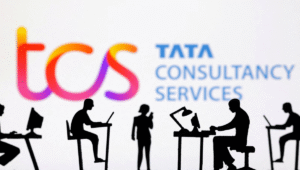Funding, Investors, and Strategic Growth
Sakana AI announced on November 17 that it has secured $135 million (20 billion yen) in Series B funding to accelerate its mission of developing sustainable artificial intelligence and delivering technology that benefits Japan.
The investment came from both new and returning backers, including Mitsubishi UFJ Financial Group (MUFG), Khosla Ventures, Factorial, Macquarie Capital, Fundomo, Mouro Capital, New Enterprise Associates, Geodesic Capital, Lux Capital, Ora Global, MPower Partners, Shikoku Electric Power, and In-Q-Tel (IQT).
According to the company, the funds will drive research and development, with an emphasis on advancing artificial intelligence through collective intelligence and self-evolving systems, particularly to enhance Sovereign AI initiatives.
Sakana AI will also expand its Applied Team, strengthening collaborations in the finance sector while evaluating opportunities in defense and manufacturing.
Another strategic priority is building a scalable ecosystem by pursuing targeted investments, partnerships, and potential mergers and acquisitions to support long-term international growth.
Kathy Matsui, general partner at MPower Partners, commented that Sakana AI’s commitment to sustainable frontier technology aligns closely with the firm’s values as Japan’s first ESG-integrated global venture capital fund.
Valuation, LLM Development, and Japan’s AI Future
This latest funding round raises the company’s valuation to approximately $2.635 billion (400 billion yen), marking a new high for privately held startups in Japan.
The capital raised is roughly twice the amount obtained in the company’s Series A round from September of the previous year, and will help accelerate development of Sakana AI’s proprietary large language model.
Designed to capture the subtleties of the Japanese language and culture, the company’s model is already being tested in collaboration with partners such as MUFG and Daiwa Securities Group, with the company noting that AI will play a critical role in supporting Japan’s ageing population and shrinking workforce.
Also Read:
Top 03 AI-Powered Coding Assistant Tools of 2025 – A Developer’s Guide









